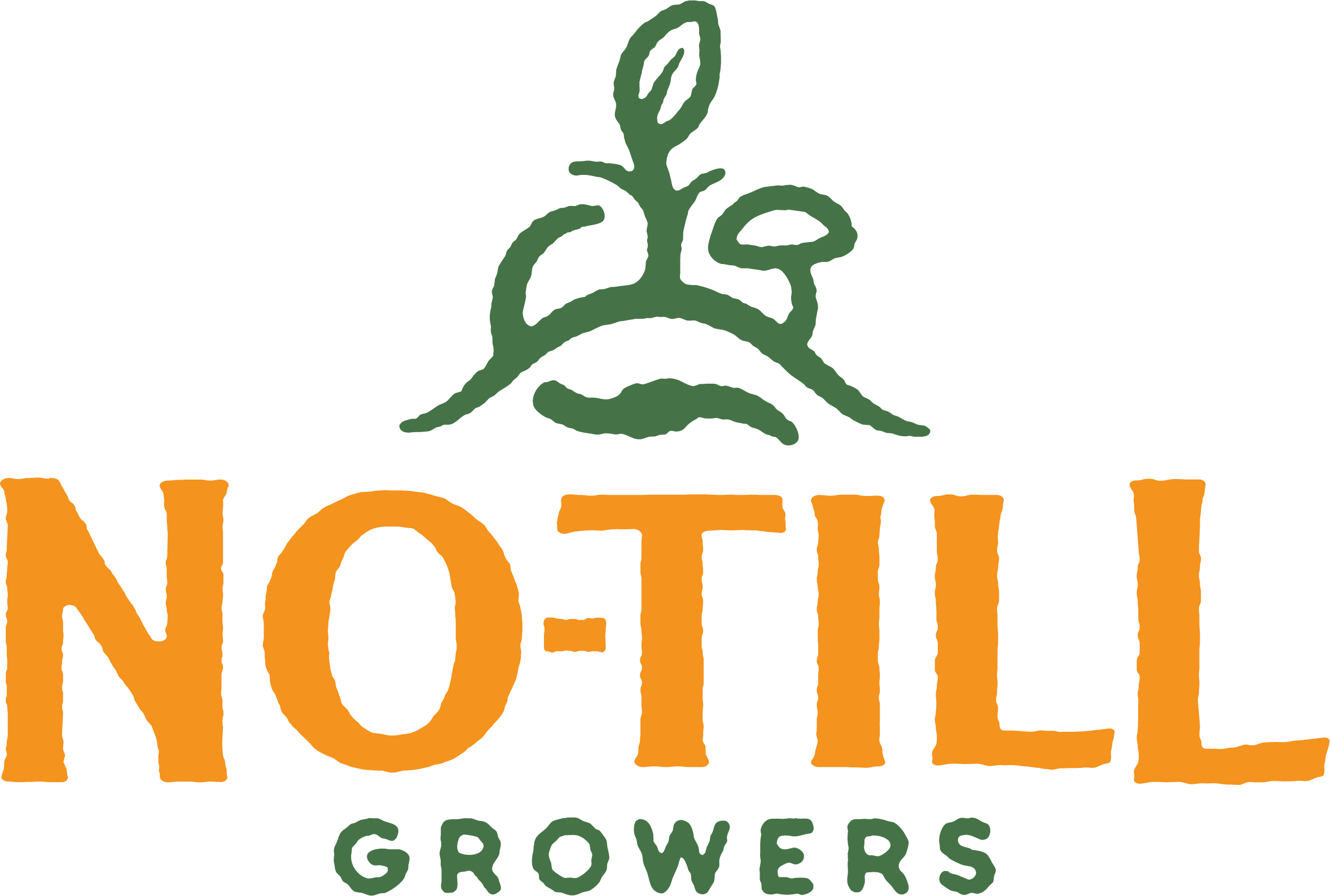The Final Countdown, Wild Hope YouTube, & Compost Cover-Crop Study
The Final {Frith Intensive] Countdown
There are only a dozen tickets left for the Frith Farm at Rough Draft intensive coming up in October, and they are going fast. If you’ve been holding off, you may not want to hold off any longer, because—at this rate—they’ll be gone by September. We’ll be sending our details to those who have purchased tickets in September—parking maps, AirB&B information (there is a thread in the forum if you want to pair up), and other fun stuff to do in the greater Lexington area if you’ll be there for a couple of days.
Wild Hope on YouTube?
Podcast guest Shawn Jadnricek and Wild Hope Farm has a YouTube channel! In case you haven’t noticed, we—No-Till Growers—have been really interested in cover crops in a small-scale no-till context, especially here in the South East. Shawn is a wellspring of knowledge on cover cropping and we’re so excited he’s taking the time to share it with the rest of of the farming community. Go, subscribe to the Wild Hope channel, let’s give him good reason to make more of these videos.
A New Long Term Study on Compost & Cover Crops
Speaking of cover crops, Farmer Jesse posted a study in the growers community and here are some of the takeaways:
“For their 19-year study, published in the journal Global Change Biology, scientists dug roughly 6 feet down to compare soil carbon changes in conventional, cover-cropped and compost-added plots of corn-tomato and wheat-fallow cropping systems. They found that:
-Conventional soils neither release nor store much carbon.
-Cover cropping conventional soils, while increasing carbon in the surface 12 inches, can actually lose significant amounts of carbon below that depth.
-When both compost and cover crops were added in the organic-certified system, soil carbon content increased 12.6 percent over the length of the study, or about 0.07 percent annually.
-That’s more than the international “4 per 1000” initiative, which calls for an increase of 0.04 percent of soil carbon per year. It is also far more carbon stored than would be calculated if only the surface layer was measured.”
While we’re kind of cover-crop-crazy right now, the study—along with others—illustrates that neither cover crops nor compost alone makes for an optimal system. Incorporating both, when possible, is best practice. Let us know what you think in the thread and feel free to send any other studies our way.
